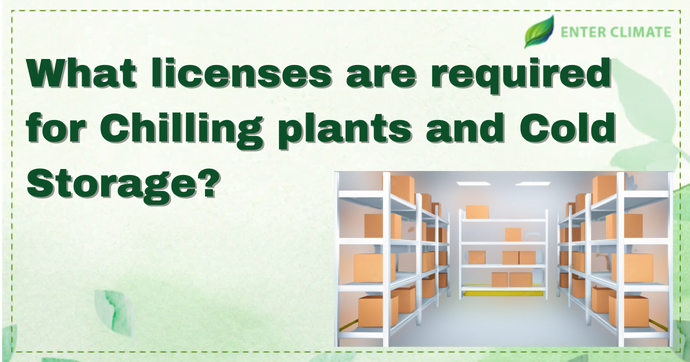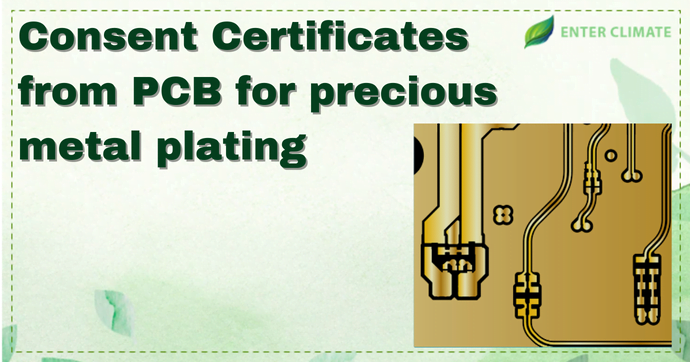General overview of the Polluter Pays Principle
 15 Nov, 2022
15 Nov, 2022 
Over time, the world has witnessed many principles like the polluter Pays Principle (PPP)and ‘Precautionary Principle. Needless to say, these are not just principles but constitutional mandates aiming to control environmental degradation. Talking specifically about the PPP, it was incepted in economic discussions on surmising responsibility for costs resulting from pollution. The cost is referred to as the social tax of negative externalities or a “Pigouvian Tax”, which occurs when the consumption or production of a product leads to a cost to a third party.
The polluter pays principle is a majorly accepted practice. It underlines the concept that the person who produces pollution must bear the costs of managing it. This is done to prevent damage to the environment or human health. However, PPP is just a part of a set of broader principles striving towards sustainable development across the globe.
Certainly, PPP holds the polluter accountable for every damage caused to the environment. So as per the principle, the polluter has to compensate the pollution victims and pay for the restoration of environmental degradation. Besides, the polluter pays principle incorporates some elements for the application of prevention, responsibility and compensation that can be utilised to decrease the impacts of environmental woes, like the degradation of ecosystems, climate change and biodiversity loss.
In addition to all these, the PPP underpins environmental policies like imposing an ecotax. If the government adequately legalised this, the principle mainly decreases and deters greenhouse gas emissions.
History of the Polluter Pays Principle
The Organisation of Economic Cooperation and Development(OECD) first introduced the Polluter Pays Principle in 1972. The report mentioned that the polluter is liable for preventing and controlling pollution related to any of the factory’s processes. So, the implementation of PPPcame as a solid administrative, economic and legal tool to curb the pollution problem.
In the first place, the polluter pays principle was considered a part of the customary practices of international laws for environmental protection. Hence, the principles must be included in India’s environmental laws. Accordingly, Section 20 of the National Green Tribunal (NGT) Act states that the tribunal can apply for the PPP, the principles of sustainable development, and the precautionary principle while passing any order, decision or award for balanced development without negatively affecting Mother Nature.
The perspective of the Indian Judiciary regarding the Polluter Pays Principle
The Indian Judiciary has included the Polluter Pays Principle as a part of the Environmental Law regime. It is evident from the various judgments passed over time.
Importance of Polluters Pay Principle
Greenhouse gases can damage and harm the environment by affecting the climate negatively. Due to this, they are also considered a significant source of pollution. In a survey conducted in 2012, the World Health Organisation (WHO) evaluated that 12% of deaths were because of air pollution. Despite this, society has been relatively slow in acknowledging the bond between the increasing rates of greenhouse gas emissions and human activities. For this reason, those responsible for the emission of these gases are not held liable for their actions.
Applying the polluter pays principle via a carbon tax or emissions trading system
The polluter pays principle has been imposed in the form of fines, taxes and other measures, like the Environmental Liability Directive and quotas for pollutant emissions.
But, when the pollution cost from the greenhouse gas emission is not imposed on emitters, it gets ‘externalised’ to society. This is regarded as a ‘market failure’ by economists. So, the polluter pays principle can be imposed on the emitters of the greenhouse gas in the form of a carbon price. The charges levied can equal the corresponding potential cost due to future climate change. Thus, compelling emitters to accept the pollution cost. This is termed the Social Cost of Carbon (SCC)[1].
Alternatively, the carbon price can depend on the desired results. That is to say, it can be calibrated to attain a specific emissions target by a certain date, like net zero by 2050. This is usually regarded as a ‘target consistent’ approach. However, in either of the approaches, a financial incentive is generated for a factory to reduce its pollution costs by decreasing emissions.
Drawbacks of the polluter pay principle
Air pollution because of vehicular emission surpasses air pollution because of industrial emissions. Yet the polluter pays principle mainly focuses on industrial pollution. Unfortunately, the principle doesn’t determine who will be responsible for vehicular emissions.
Additionally, despite its capability to be applied to several global environmental problems, the PPP still needs to be acknowledged as a usual international standard. This is because of how the principal is defined and configured in the internal legal systems. This is indeed a complexity that arises majorly because polluter pays principle associates with several wide-ranging areas. The areas include safeguarding human health and the environment and incentives for economic activities.
Conclusion
Although the Polluter Pays Principle has proved beneficial in reducing the damage being caused to the environment to some extent, it remains an inadequate solution. This is because ambiguity persists regarding the precise identification of the actual polluter.
Read our Article: Pollution NOC for bank loans: An overview legal requirements for business loans
Categories
Latest Post
Air pollution Dispersion Modeling
Natural Disaster Risk Assessment
Endangered Species Protection
Aquifer Recharge Project
Sustainable Sanitation Solutions














